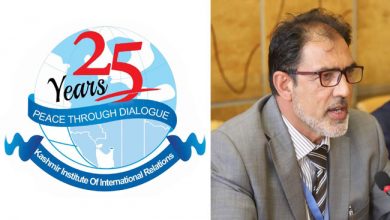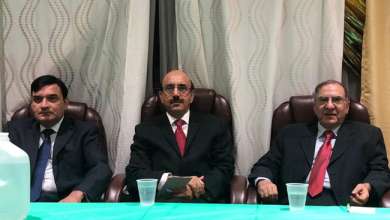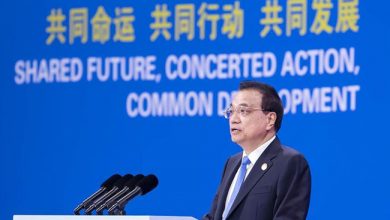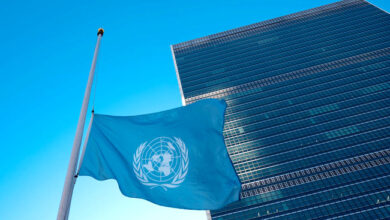10 Conflicts to Watch in 2018
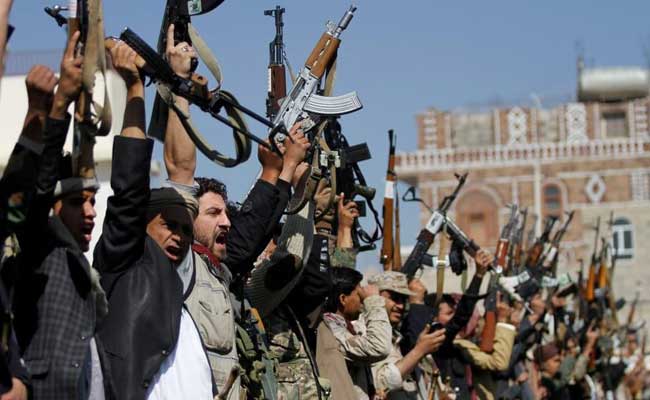
” Over a decade of intensive Western military operations has contributed to a more permissive environment for the use of force. “
It’s not all about Donald Trump. – That’s a statement more easily written than believed, given the U.S. president’s erratic comportment on the world stage — his tweets and taunts, his cavalier disregard of international accords, his readiness to undercut his own diplomats, his odd choice of foes, and his even odder choice of friends. And yet, a more inward-looking United States and a greater international diffusion of power, increasingly militarized foreign policy, and shrinking space for multilateralism and diplomacy are features of the international order that predate the current occupant of the White House and look set to outlast him.
The First Trend — U.S. retrenchment — has been in the making for years, hastened by the 2003 Iraq War that, intended to showcase American power, did more to demonstrate its limitations. Overreach abroad, fatigue at home, and a natural rebalancing after the relatively brief period of largely uncontested U.S. supremacy in the 1990s mean the decline was likely inevitable. Trump’s signature “America First” slogan harbors a toxic nativist, exclusionary, and intolerant worldview. His failure to appreciate the value of alliances to U.S. interests and his occasional disparagement of traditional partners is particularly self-defeating. His lamentations about the cost of U.S. overseas intervention lack any introspection regarding the price paid by peoples subjected to that intervention, focusing solely on that paid by those perpetrating it. But one ought not forget that Sen. Bernie Sanders (I-Vt.) in the same election season, and Barack Obama, as a candidate in the preceding ones, both rejected foreign entanglements and belittled nation building. Trump wasn’t shaping the public mood. He was reflecting it. The retrenchment is a matter of degree, of course, given the approximately 200,000 active-duty U.S. troops deployed worldwide. But in terms of ability to manipulate or mold events around the globe, U.S. influence has been waning as power spreads to the east and south, creating a more multipolar world in which armed nonstate actors are playing a much larger role.
The Second Trend, the growing militarization of foreign policy, also represents continuity as much as departure. Trump exhibits a taste for generals and disdain for diplomats; his secretary of state has an even more curious penchant to dismember the institution from which he derives his power. But they are magnifying a wider and older pattern. The space for diplomacy was shrinking long before Trump’s administration took an ax to the State Department. Throughout conflict zones, leaders increasingly appear prone to fight more than to talk — and to fight by violating international norms rather than respecting them. This owes much to how the rhetoric of counterterrorism has come to dominate foreign policy in theory and in practice. It has given license to governments to first label their armed opponents as terrorists and then treat them as such. Over a decade of intensive Western military operations has contributed to a more permissive environment for the use of force. Many recent conflicts have involved valuable geopolitical real estate, escalating regional and major power rivalries, more outside involvement in conflicts, and the fragmentation and proliferation of armed groups. There is more to play for, more players in the game, and less overlap among their core interests. All of these developments present obstacles to negotiated settlements.
The Third Trend is the erosion of multilateralism. Whereas former President Obama sought (with mixed success) to manage and cushion America’s relative decline by bolstering international agreements — such as trade deals, the Paris climate accord, and the Iran nuclear negotiations — President Trump recoils from all that. Where Obama opted for burden-sharing, Trump’s instinct is for burden-shedding. Even this dynamic, however, has deeper roots. On matters of international peace and security in particular, multilateralism has been manhandled for years. Animosity between Russia and Western powers has rendered the United Nations Security Council impotent on major conflicts since at least the 2011 Libya intervention; that animosity now infects debates on most crises on the council’s agenda. Trump is not the only leader emphasizing bilateral arrangements and ad hoc alliances above multilateral diplomacy and intergovernmental institutions.
Then again, much of it is about Trump, inescapably. – The most ominous threats in 2018 — nuclear war on the Korean Peninsula and a spiraling confrontation pitting the United States and its allies against Iran — could both be aggravated by Trump’s actions, inactions, and idiosyncrasies. U.S. demands (in the North Korean case, denuclearization; in Iran’s, unilateral renegotiation of the nuclear deal or Tehran’s regional retreat) are unrealistic without serious diplomatic engagement or reciprocal concessions. In the former, Washington could face the prospect of provoking a nuclear war in order to avoid one, and in the latter, there is the possibility of jeopardizing a nuclear deal that is succeeding for the sake of a confrontation with Iran that almost certainly will not.
(A third potential flashpoint that didn’t make it into our top 10 — because it came so late and was so unexpected and gratuitous — is the Jerusalem powder keg. At the time of writing, it has not yet exploded, perhaps because when one is as hopeless as the Palestinians there is little hope left to be dashed. Still, the Trump administration’s decision to recognize Jerusalem as the capital of Israel for purely domestic political reasons, with no conceivable foreign-policy gain and a risk of explosion, must rank as a prime example of diplomatic malpractice.)
As with all trends, there are countervailing ones often propelled by discomfort that the dominant trends provoke. Europeans are defending the Iranian nuclear deal and may end up deepening their own common security and strategic independence, President Emmanuel Macron is testing the reach of French diplomacy, and international consensus on action against climate change has held. Perhaps African states, already leading efforts to manage crises on the continent, will step up in the Democratic Republic of the Congo or another of the continent’s major conflicts. Perhaps they or another assortment of actors could make the case for more engagement and dialogue and for defusing crises rather than exacerbating them. These may seem slender reeds on which to rest our hopes. But, as the following list of the International Crisis Group’s top 10 conflicts to watch in 2018 unhappily illustrates, and for now at least, they may well be the only reeds we have.
Read a lot more: International Crisis Group, http://bit.ly/2lICjgJ


